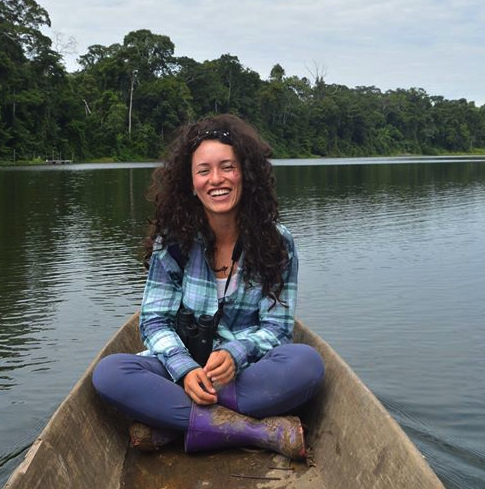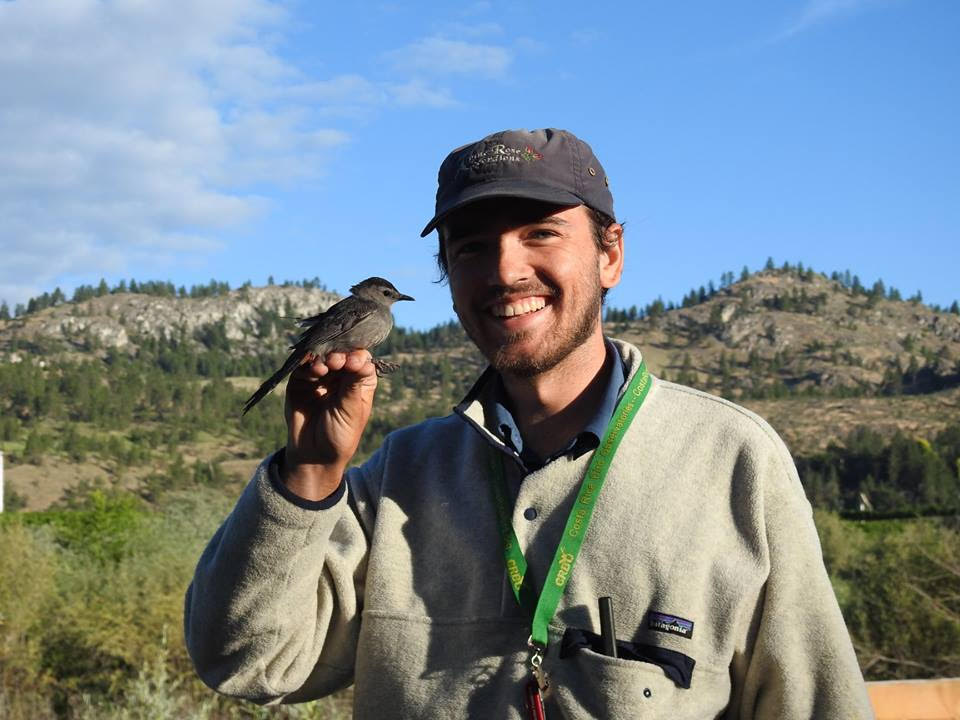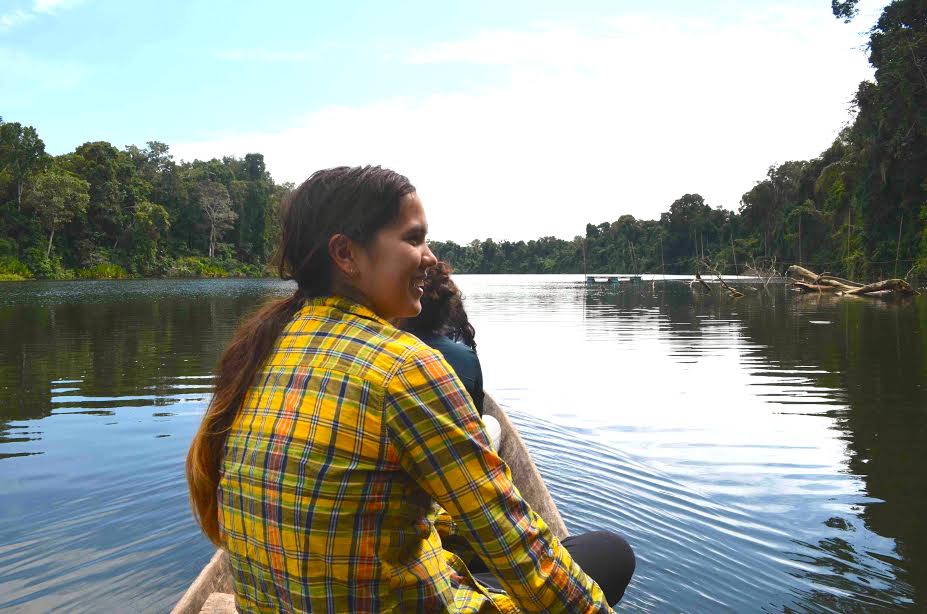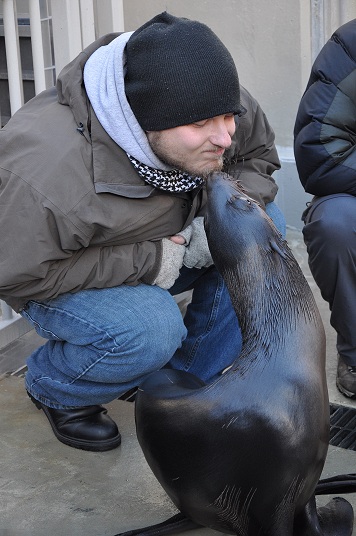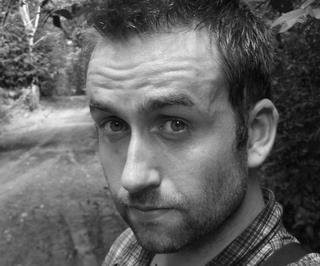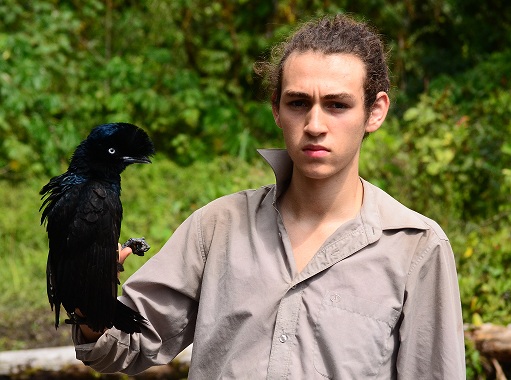|
|
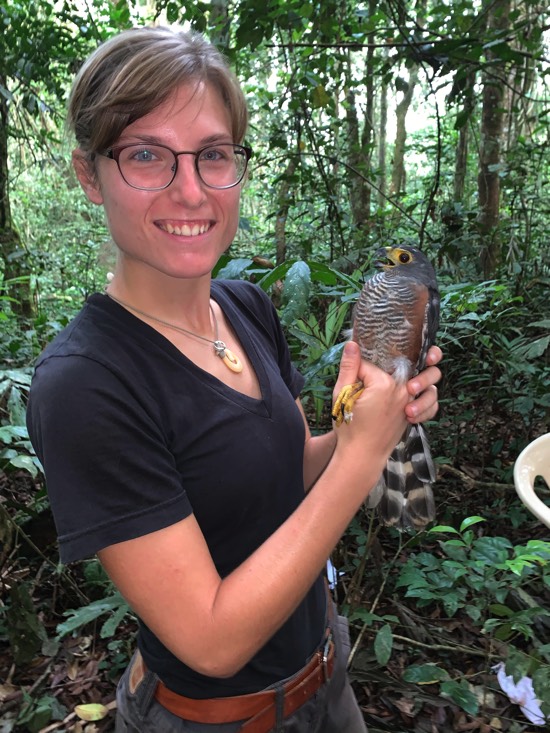 |
Billi Krochuk, MSc
bkrochuk[at]gmail.com
(Graduated
September 2022) I
am passionate about African birdlife and the landscapes they occupy. I
am particularly interested in how holistic landscape investigations can
better inform our understanding of avian community dynamics and
patterns of individual movement. I am also interested in the evolution
of conservation in Africa and how traditional ecological knowledge and
community-based management are transforming the field. For my MSc, I
investigated aspects of taxonomic, functional and phylogenetic avian
diversity along elevational gradients in Nyungwe and Volcanoes National
Park, Rwanda. |
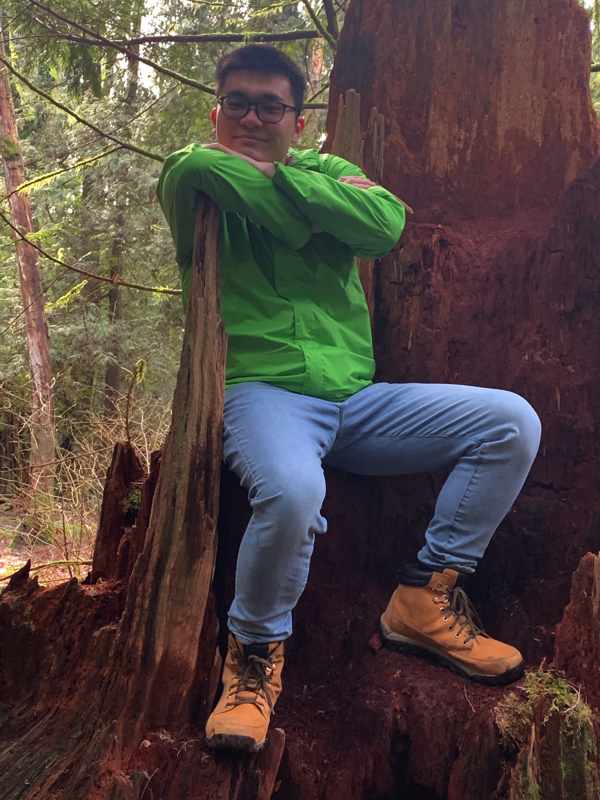 |
Geoffrey Lau (Honours, NSERC USRA)
geoff.lau.55[at]gmail.com
(Graduted
April 2021) I am
interested in evolutionary ecology and how coevolution plays out in
different relationships. For my thesis project, I examined the
relationship between tropical bird host body size and parasite
abundance and community structure. Using data sets on host size and
parasite abundance, I examinined the theory of Island
Biogeography as applied to bird hosts as islands for my Honour's
thesis. After graduation, I started my program at the UBC medical
school!
|
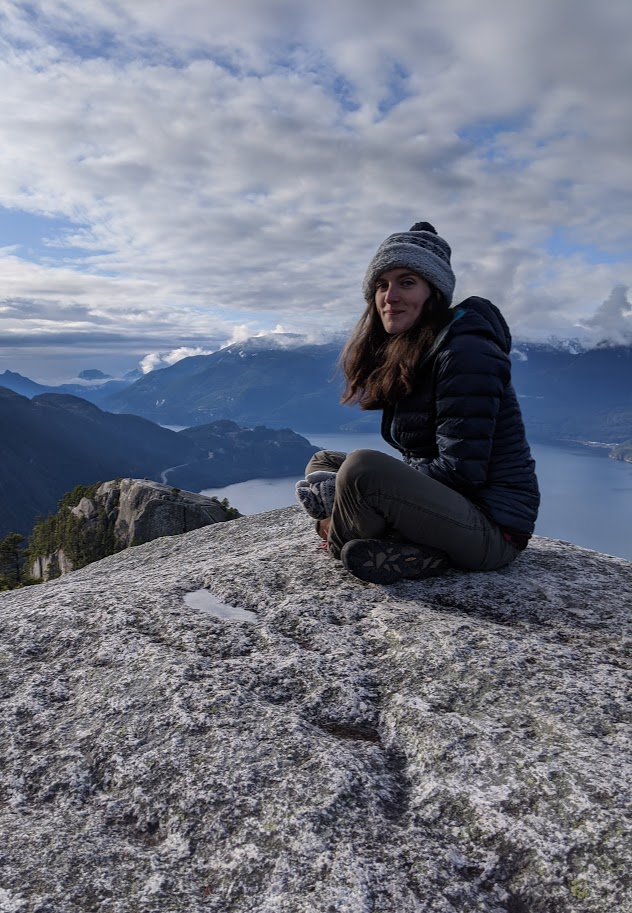 |
Sarah Blake
sarah.blake3[at]hotmail.com
My research interests revolve around factors that influence avian
nesting success and development, particularly in relation to bacteria
and fungi in the nest environment. Across different habitat types, I
explored how nest structure and composition affect hatching
and fledging success as a result of the microbial communities chicks
are exposed to. I am particularly fascinated by how colour and
iridescence of nest lining feathers affects their decomposition by
microbes and how this may provide the ability to manipulate the
microbial community in nests. Overall nest shape and structure and the
use of plant materials with antimicrobial properties will also be
explored for their effect on nesting success. The aim of this research
is to understand better how avian conservation can be improved when the
importance of microbes in avian development is taken into
consideration. |
|
Dr. Micah Scholer
micahscholer[at]gmail.com
(Graduated May 2020) My research draws upon natural history and demographic modeling to
understand the abiotic and biotic drivers of survival rates in
Neotropical birds and to explore how
tropical species respond to a warming climate. I am also interested in
how patterns of molt and plumage can be applied to create
species-specific aging criteria that can be incorporated into models of
demographic processes. I use a variety of
approaches to investigate these questions, including occupancy,
mark-recapture, and spatial models using data from long-term bird
banding projects. Find out more here: https://micahscholer.wixsite.com/avianecology |
|
Macgregor Aubertin-Young, BSc (Honours)
macgregoray[at]gmail.com
(Graduated May 2019) I studied the
diversity of hummingbird flower mites and patterns of co-occurrence
between particular hummingbird and mite species. These mites live their
lives in flowers and disperse by mounting the bill of a visiting
hummingbird. I tested whether flower mite species
are specific to particular hummingbird bill morphologies and identified new species. My Honours thesis was supervised by Quentin
Cronk, but I worked in the Jankowski lab and had their support through ideas and equipment.
|
|
Laura Dyck-Chan, BSc (Honours)
laura.dyck-chan[at]alumni.ubc.ca
(Graduated May 2017) I'm
interested in hummingbirds and the flowering plants they use in their
habitats. For my Honour's thesis, I examined pollen collected from
bills of hermit hummingbirds occurring in the lowlands and foothills of
Manu National Park to describe their dietary composition. I used these
data to test whether species that have overlapping ranges partition
their use of flowering-plant resources.
|
|
Andrew Cook, MSc
(Graduated 2016) After finishing his Master's thesis on co-evoluationary relationships between Mionectes flycathers and Myrsidea
ectoparasitic chewing lice, Andrew is now working on his Ph.D. with Dr.
Heather Proctor at the University of Alberta, where he continues to
study cophylogenetic host-ectosymbiont relationships. https://hproctorlabuofa.blog/andrew-cook/
|
|
Dr. Lucas Pavan
(Graduated December 2014) For his Honor's thesis, Lucas studied patterns of territory space utilization in the Shining Sunbeam (Aglaeactis cupripennis), a species of hummingbird found in high elevations of Manu National Park, Peru, which largely feeds from the flowering tree Oreocalis grandiflora,
regionally. He described how individual hummingbirds use space and
different habitats within their territories, as it relates to resource
acquisition and mitigating environmental stress. Lucas recently
finished his Ph.D. at Stanford University with Rodolfo Dirzo, studying
avian
community responses to mammal declines in African forests. http://dirzolab.stanford.edu/author/lpavan/
|
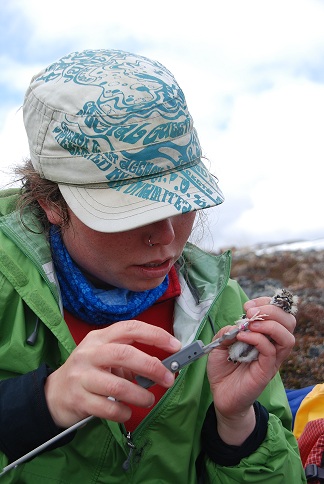 |
Beth MacDonald, MSc
(Graduated
May 2012, co-advised w/ Kathy Martin) For her Master's thesis, Beth studied the incubation
behaviors of Horned Larks (Eremophila alpestris) living in the Alpine environments of British
Columbia. She examined the effects of variable thermal environments and
extreme weather events on the decisions made by incubating adults to
leave the nest. |
|
Dr. J. Patrick Kelley
A former post-doc in our lab, Patrick examined organism-environment interactions across ecological
gradients to understand how behavior and physiology shape natural
selection and demography. These investigations are built upon
quantitative natural history data and the quantification of climatic
variation and biotic pressures using a variety of statistical
approaches (nonlinear modeling, occupancy models, spatial analysis). https://www.researchgate.net/profile/J_Patrick_Kelley |
|
Torin Heavyside, BSc
(Graduated
2014) For his project, Torin examined the stress hormone,
Corticosterone, in birds across elevations in Manu National Park. He
used Cort levels as an indicator of environmental stress that
individuals experience, to ask whether levels change with the proximity
of individuals to the edge of their range. |
